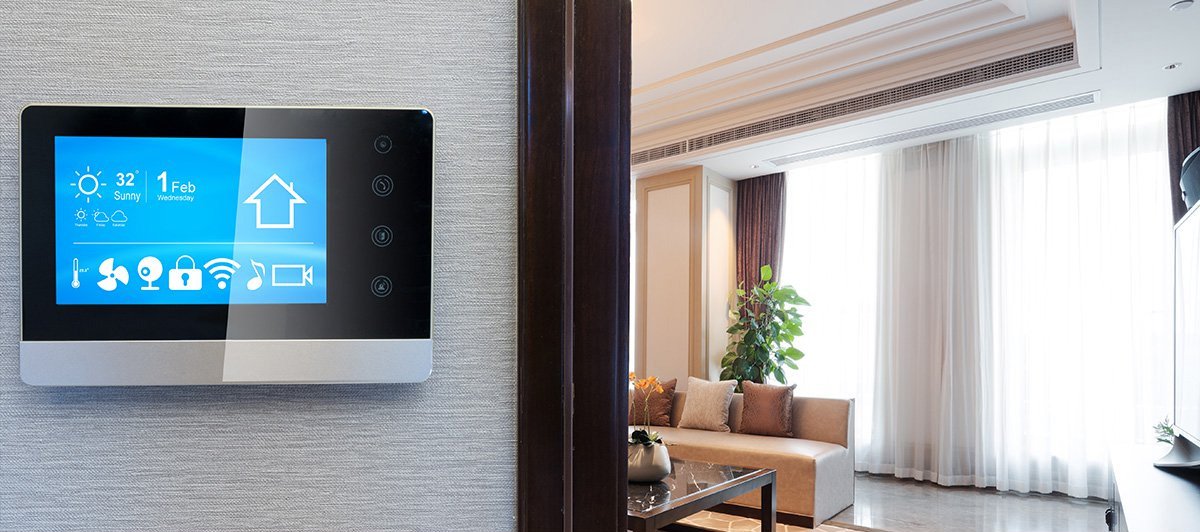Smart home technologies have great promise, but they can also introduce vulnerabilities into our homes. Here are some ways to help you enjoy your new smart IoT devices without jeopardizing your home or your family.
How smart IoT devices can threaten home security
Everything from security cameras and locks to TVs and thermostats can be connected to the Internet today. This means less effort for our daily activities, which is why millions of people around the world have begun adopting smart devices. For more about the IoT and what it is, click here. However, as we fill our homes with connected devices, we’re exposing ourselves to new risks we’ve never thought of before. There are smart doorbells that can be hacked to let thieves into your home. Wikileaks has shown that the CIA can transform smart Samsung TVs into covert surveillance tools (and hackers can often do the same). The sheer number of unsecured IoT devices is one of the main reasons for massive DDoS attacks becoming more frequent. The worst part is that it’s hard to say when, if ever, these devices’ built-in security vulnerabilities will ever go away. Here’s why:- Manufacturers don’t prioritize security features. IoT devices are designed primarily to be convenient. In any case where a manufacturer has to choose between security and convenience, they’ll choose the benefit that the customer can immediately see.
- Secure IoT devices are hard to design. They have limited space, memory, and/or computing power for security features, so manufacturers cut costs by leaving weak or no security. Encryption and decryption are demanding processes.
- IoT devices usually ship with default logins. If your IoT device shipped with a factory default login, you can bet that someone out there knows exactly what it is. This is why it’s critically important to change your IoT devices’ logins, even if they arrive randomized.
- They are easier to find than you think. It’s easy to find IoT devices on the same Wi-Fi network, but it’s also fairly for almost anyone in the world to search for them online. That’s because there’s a search engine that searches for them online. Don’t assume that someone can’t attempt to access your device just because they aren’t on your Wi-Fi network.
- They’re attractive targets. IoT devices are popular hosts for botnets because they’re so easy to crack. If there’s someone targeting you maliciously, then they’re even worse. A hacker could turn your oven up to its max temperature when you’re on vacation, turn off your refrigerator, adjust your thermostat, watch your security camera, or unlock your front door.



